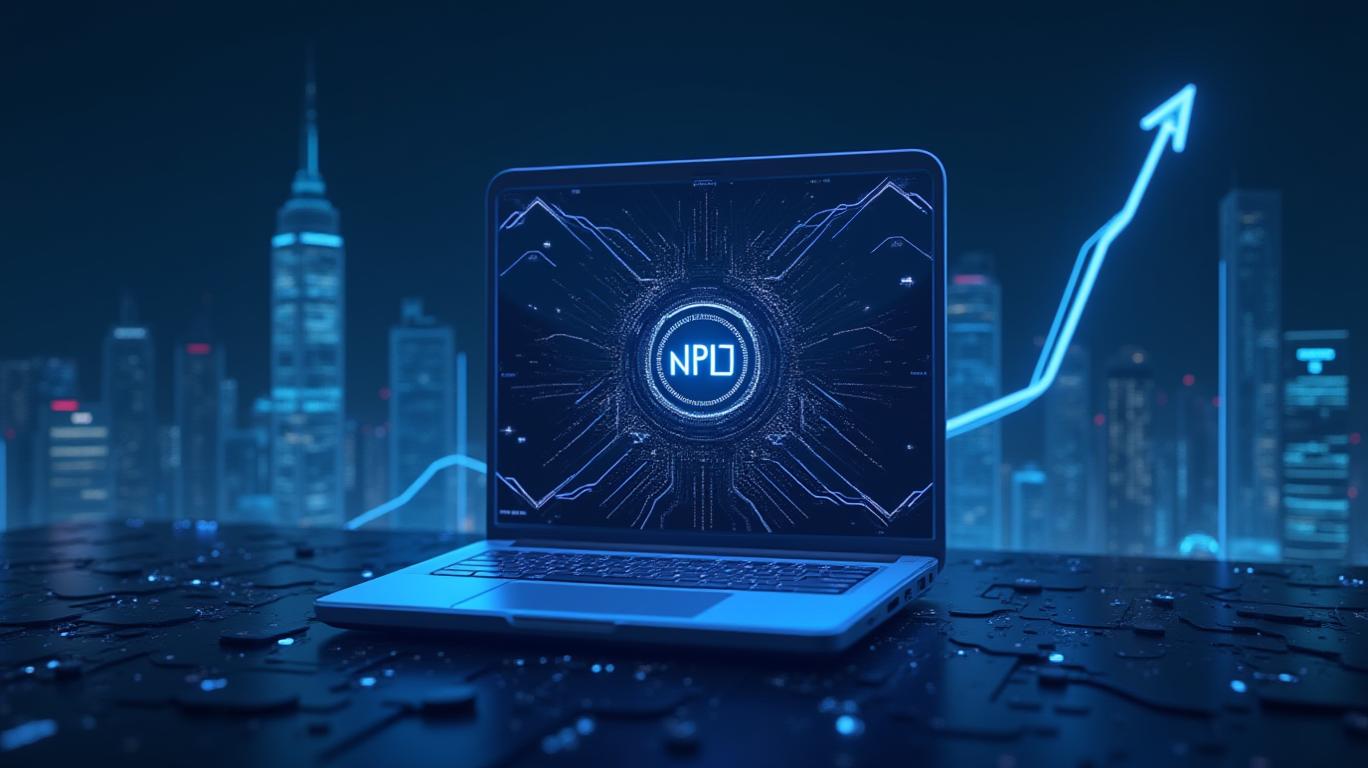NexOptic's Delays: A Test of Resilience in the AI Imaging Race
NexOptic Technology Corp. (TSXV:NXO, OTCQB:NXOPF) has entered uncharted waters. The company’s recent announcement of a delayed filing for its 2024 audited financial statements has sparked immediate questions about governance, execution, and the broader risks investors face in a sector reliant on rapid technological advancement. While the delay itself is not unprecedented, the timing and context demand scrutiny. Let’s dissect the implications for shareholders and the company’s future in the competitive AI imaging space.
The Delays: Cause for Concern or a Speed Bump?
NexOptic attributes the delay to two factors: difficulties in securing third-party confirmations and the recent appointment of a new CFO. The latter point is worth noting—executive turnover, particularly in a role as critical as CFO, can disrupt processes, especially during high-stakes periods like year-end audits. The company’s timeline suggests optimism (a three-week fix) but also acknowledges a worst-case scenario of up to two months. This range underscores uncertainty, a red flag for investors accustomed to precision in tech firms racing to commercialize AI solutions.
The British Columbia Securities Commission’s issuance of a Management Cease Trade Order (MCTO) adds another layer of complexity. While public trading continues, insiders are barred from trading their shares, and the company cannot issue securities without prior obligations. This restriction limits their ability to raise capital or incentivize employees—a significant constraint during a period requiring both financial and operational agility.

Regulatory Risks and Market Reactions
The MCTO is a warning shot, not a death knell. NexOptic’s public assurance of compliance with National Policy 12-203’s alternative information guidelines suggests they aim to avoid a more severe “general cease trade order,” which would halt all trading. However, the company’s stock performance post-announcement tells a story.
Should the data reveal a significant dip following the May 1 disclosure, it would signal investor skepticism—a rational response given the risks. The delay also raises questions about internal controls and whether the new CFO’s onboarding process has left gaps in financial oversight. In sectors like AI imaging, where execution speed is paramount, such disruptions can cede ground to competitors.
The Bigger Picture: AI Imaging’s Growth and NexOptic’s Place
NexOptic’s defense hinges on its AI-driven imaging technologies, ALIIS™ and NexCompress, which it claims are advancing “regardless of the filing delay.” The global AI imaging market, projected to reach $20.3 billion by 2030 (CAGR of 22.6%), offers substantial opportunity. However, this growth is crowded, with giants like NVIDIA and startups leveraging AI to transform healthcare diagnostics, autonomous vehicles, and industrial inspection.
NexOptic’s ability to capitalize on this trend depends on two factors: 1. Timely regulatory compliance to maintain credibility and access to capital. 2. Proof of commercial traction for its technologies, such as partnerships or revenue growth.
The company’s May 2 press release highlights operational focus but lacks concrete metrics—no customer wins, R&D milestones, or revenue figures. This opacity compounds investor anxiety, as the delay now overshadows its core value proposition.
Conclusion: A Race Against Time—and Trust
NexOptic’s challenge is twofold: regain investor confidence by swiftly resolving the filing delay and demonstrate that its AI imaging technologies are moving from theory to market impact. The company has until roughly early June to submit its financials (if it meets the three-week target) or until late July (in the worst-case scenario).
Historically, companies facing such delays often see prolonged volatility. For instance, a 2023 analysis of Canadian public companies under MCTOs found that 40% saw stock prices drop by at least 15% within three months of the order. Should NexOptic exceed its self-imposed two-month deadline, the risk of a general cease trade order—and a potential collapse in share value—rises sharply.
Investors should monitor: - Filing timeline: Every week beyond the three-week target diminishes credibility. - Strategic updates: Any news on product adoption, partnerships, or R&D milestones could offset regulatory concerns. - Management transparency: Regular updates on the delay’s root causes and resolution steps would signal governance strength.
In the AI imaging race, speed and reliability are non-negotiable. NexOptic’s future hinges on proving it can deliver both. Until then, caution—and a close watch on its stock performance—remains prudent.


_442a2dcc1749832873286.jpeg)
_e68fac6d1749831664430.jpeg)






